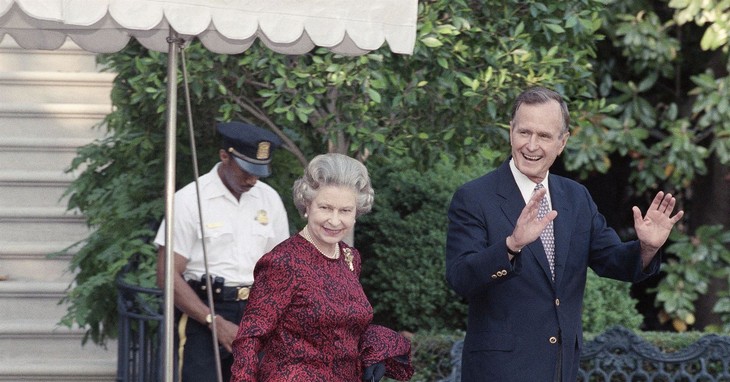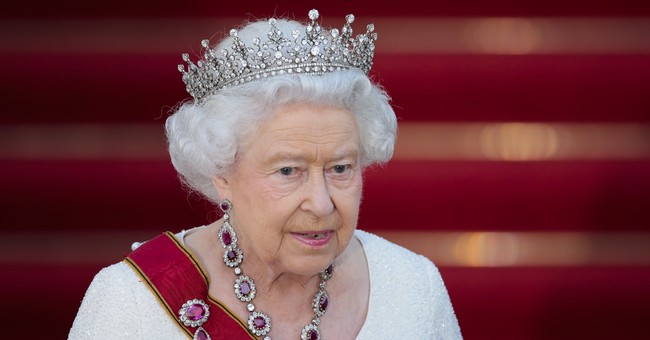A cache of newly released documents from the FBI’s files known as ‘The Vault’ has revealed a potential assassination plot of the late Queen Elizabeth II during a 1980s visit to the United States with her husband, the late Prince Philip, Duke of Edinburgh. The records, made publicly available on Tuesday, reveal intelligence gathered by federal agents concerning a threat to the Queen’s life made four decades ago.
The Queen and Prince Philip made an official visit to California in February and March of 1983. A call was made to the authorities, by an individual claiming that his daughter had been killed by a rubber bullet in Northern Ireland, and he sought retaliation against the British monarch.
The CAIN (Conflict and Politics In Northern Ireland) Archives from Ulster University list 17 individuals as being killed by plastic or rubber bullets during the conflict period known as The Troubles. Eight of the casualties were children, and all but one person is listed as Catholic.
Three of the deceased listed are females:
Kelly, Carol Ann, age 12
22 May 1981 Catholic
Status: Civilian (Civ), Killed by: British Army (BA)
Died three days after being shot by plastic bullet while walking along Cherry Park, Twinbrook, Belfast.
Livingstone, Julie, age 14
13 May 1981 Catholic
Status: Civilian (Civ), Killed by: British Army (BA)
Shot by plastic bullet while walking along Stewartstown Road, Suffolk, Belfast.
McCabe, Nora, age 30
09 July 1981 Catholic
Status: Civilian (Civ), Killed by: Royal Ulster Constabulary (RUC)
Died one day after being shot by plastic bullet, Linden Street, Lower Falls, Belfast.
The tip about the anonymous caller came from San Francisco police, and mentioned two potential methods of attack against the Queen. One was to drop an object off of the Golden Gate Bridge onto the royal yacht Britannia as it passed underneath. The caller’s alternative plan was to kill the Queen while she visited Yosemite National Park. The document states that “it is the intention of the Secret Service to close the walkways on the Golden Gate Bridge when the yacht nears.”
Many of the Queen’s visits to the U.S. occurred during The Troubles, and the intelligence reflects safety concerns about Irish nationalists, the Irish Republican Army (IRA), and sympathizers. In 1979, Louis Mountbatten, a cousin of Queen Elizabeth, was assassinated by the Provisional IRA, which planted a bomb in his fishing boat. Three others died in the attack, including two children.
One document notes that ahead of a private visit by the Queen to Kentucky in 1989, although the FBI was unaware of any specific threats, “the possibility of threats against the British monarchy is ever present from the Irish Republican Army (IRA).”
Elsewhere in the files, a document created in anticipation of the Queen’s state visit in 1991 outlines concern about Irish groups organizing protests at several scheduled engagements, including a baseball game the monarch was expected to attend in Baltimore and a White House appearance.

FILE – In this Wednesday, 15, 1991 file photo, US President George H.W. Bush escorts Queen Elizabeth II from the White House to a helicopter enroute to Baltimore to watch her first major league baseball game, in Washington (AP Photo/Doug Mills, File)
Using information sourced from a Philadelphia-based Irish newspaper called Irish Edition, the FBI file read:
The article stated anti-British feelings are running high as a result of well publicized injustices inflicted on the Birmingham Six by the corrupt English judicial system and the recent rash of brutal murders of unarmed Irish nationalists in the six counties by loyalist death squads. Though the article contained no threats against the President or the Queen, the statements could be viewed as being inflammatory. The article stated that an Irish group had reserved a large block of grand stand tickets.
While the days of The Troubles were in a bygone era, sentiments of Irish nationalism have resurfaced with the Brexit movement, which inevitably placed a physical and symbolic customs border between Northern Ireland and the UK. King Charles III’s ascension to the throne also re-invigorated talk of some countries seeking to leave the Commonwealth to opt for a republic.


